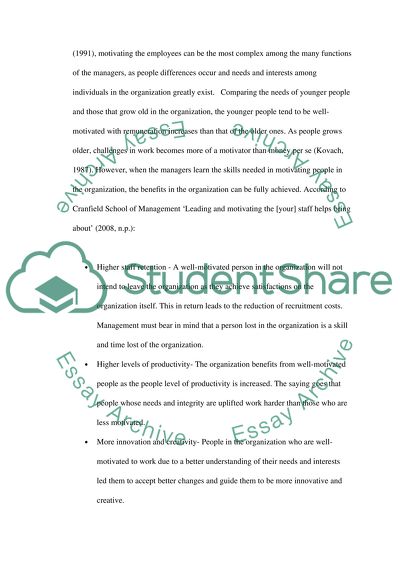Cite this document
(“Nanyang Technology University and Management theories Essay”, n.d.)
Nanyang Technology University and Management theories Essay. Retrieved from https://studentshare.org/miscellaneous/1509986-nanyang-technology-university-and-management-theories
Nanyang Technology University and Management theories Essay. Retrieved from https://studentshare.org/miscellaneous/1509986-nanyang-technology-university-and-management-theories
(Nanyang Technology University and Management Theories Essay)
Nanyang Technology University and Management Theories Essay. https://studentshare.org/miscellaneous/1509986-nanyang-technology-university-and-management-theories.
Nanyang Technology University and Management Theories Essay. https://studentshare.org/miscellaneous/1509986-nanyang-technology-university-and-management-theories.
“Nanyang Technology University and Management Theories Essay”, n.d. https://studentshare.org/miscellaneous/1509986-nanyang-technology-university-and-management-theories.


